The forgotten history of the libertarian Left
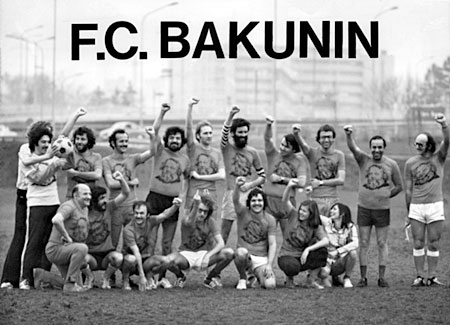
The libertarian movement has been part of Swiss history for 150 years. Marianne Enckell, archivist at the International Centre for Research on Anarchism in Lausanne, tells swissinfo.ch about the cradle of anarchy.
In 1872, the Jura Federation, a workers’ organisation, provided a meeting place at St Imier for delegates of anti-authoritarian groups opposed to the centralist policies of the International Workingmen’s Association.
Karl Marx had just succeeded in getting Michail Bakunin and other anarchists expelled from the International.
swissinfo.ch: How important was the St Imier congress for the history of the anarchist movement?
Marianne Enckell: One could say that the anarchist movement started here, even though the 1872 congress was not a specifically anarchist congress. It was rather an anti-authoritarian, federalist congress opposed to the central power of the International Workingmen’s Association (also known as the First International).
Among the many issues decided on that occasion, the best known and the most symbolic was the affirmation that the first duty of the proletariat is the destruction of all political power. The congress also created a pact of solidarity between the groups represented, based on two principles: autonomy and federalism.
The thinking behind this was that every person is autonomous and belongs to a group on a voluntary basis. A group unites with other groups federally, maintaining its autonomy at all levels. The federation serves to develop contacts, providing for solidarity in the event of a strike or an insurrection. At that point they were not yet talking about a final insurrection.
swissinfo.ch: What role did Michail Bakunin play in this event?
M.E.: The idea of anarchism had existed for about 50 years, for it had been expressed by Proudhon. But there were no anarchist groups, or an anarchist movement. The key to the birth of the anarchist movement was the encounter between Bakunin and the workers in the clock- and watchmaking industry of the St Imier valley.
At this point Bakunin had a long experience as a revolutionary behind him: he had been all over Europe and a prisoner in Russia, but he remained attached to the revolutionary model of the earlier half of the 19th century – secret brotherhoods and small groups of conspirators.
In 1869, he came to Le Locle to give lectures, and he met the watchmaking industry workers who were starting to create the first autonomous resistance groups. These workers wanted to organise themselves, educate themselves and win better working conditions.
So it was an encounter between a theoretician of revolution and people just starting to experience the concrete task of organising. And there was an attraction on both sides. Bit by bit, the Jurassians moved to anarchist positions, and Bakunin got more interested in practical issues regarding the workers’ movement.
swissinfo.ch: The Jura Federation did not last long. But in Switzerland the anarchist movement went on, didn’t it?
M.E.: In the first half of the 20th century the centre of the movement was Geneva, where Luigi Bertoni published the magazine Il Risveglio/Le Réveil. Before World War One, revolutionary syndicalism also took hold in French-speaking Switzerland with the Fédération des Unions Ouvrières (federation of workingmen’s associations).
After the war, new syndicalist groups for direct action were founded. In Geneva, there was the Ligue d’action du bâtiment (construction industry action league), led by Lucien Tronchet. But from the 1920s on, one of the main preoccupations of anarchists became the struggle against fascism.
swissinfo.ch: How did the anarchists react to the Spanish Civil War?
M.E.: Lucien Tronchet, who had many useful contacts for getting across the border under cover, sent trucks with humanitarian aid to Spain. Under the humanitarian goods, arms were hidden. Tronchet’s Spanish contacts were asking for arms, but they did not want men, especially men not ready to fight. That is why the anarchists who went to Spain were not too numerous. But other volunteers fought in the anarchist columns and came back with experience not only of war, but of social change and revolution.
swissinfo.ch: During the Second World War, anarchist activities in Switzerland were banned. What condition was the anarchist movement in after 1945?
M.E.: In the early postwar years, the anarchist movement was very weak. Luigi Bertoni and Fritz Brupbacher, the Zurich doctor who was the rallying figure of anarchism in German Switzerland, both died. Anarchist activity was reduced to almost nothing. But the movement got new wind in 1968, as in other parts of the world; indeed perhaps even earlier, in the Sixties, with the struggle for freedom in Franco’s Spain.
This was a different movement from what it had been before: a movement of young people, students rather than workers, not a mass movement. There were generational cycles – 1968 was a turning-point, then perhaps the Eighties, with the punk movement, and the Nineties, with the insurrection of the Zapatistas in Mexico, the beginning of the anti-globalisation movement and the coming of the internet.
swissinfo.ch: What was the role of women in anarchism?
M.E.: In all the history of the anarchist movement only two emblematic female figures really stand out: Louise Michel, who fought in the Paris Commune, and Emma Goldmann, a Russian Jewish immigrant to the US who promoted the emancipation of women. But there were others, too, less well known.
There was Virginie Barbet of Lyon, who wrote in newspapers and debated with Bakunin. She advocated the abolition of the right of inheritance and the rejection of military service. For some time she took refuge in Switzerland. Then there was Margarethe Hardegger, a trade unionist, who advocated birth control and free love. Or Nelly Roussel, a Frenchwoman, who gave many lectures in Switzerland on the emancipation of women. There were not many, but they were there.
Nearly 3,000 anarchists from across the world gathered in St Imier at the beginning of August to commemorate the founding of the international libertarian movement in the Swiss town 140 years ago. The organisers stressed their objective was “not one of violence”.
The most recent annual federal police report declared that radical anarchism still represented a threat to Swiss security.
One of the most recent cases of violent activism involves the Swiss militant ecologist Marco Camenisch, who was sentenced at the start of the 1980s to ten years in prison for two bomb attacks on electricity plants in canton Graubünden.
He escaped from Regensdorf Prison in Zurich soon afterwards and remained in hiding until 1991 when he was arrested in Italy.
After serving a 12-year sentence in an Italian jail for attacks against electricity pylons and for injuring an Italian police officer, Camenisch was extradited to Switzerland in 2002 and found guilty of murdering a border guard in Brusio in 1989.
His recent request for release was turned down despite the fact he has served two-thirds of his sentence.
Over the past few years Italian prosecutors have been investigating groups known as FAI – the Informal Anarchist Federation – who are accused of being behind incidents in Italy and Switzerland.
Since 1963, Marianne Enckell has been the archivist and librarian of the International Centre for Research on Anarchism (CIRA) in Lausanne. She has published studies on anarchism, including a book on the Jura Federation and the origins of the anarchist movement in Switzerland.
The CIRA library has about 20,000 books, 4,000 journals, 3,000 manifestos, various manuscripts and audiovisual materials on anarchist history and thought. Most of these materials are in German, French, Italian and English, but there are also items in many other languages.
(Translated from Italian by Terence MacNamee)

In compliance with the JTI standards
More: SWI swissinfo.ch certified by the Journalism Trust Initiative
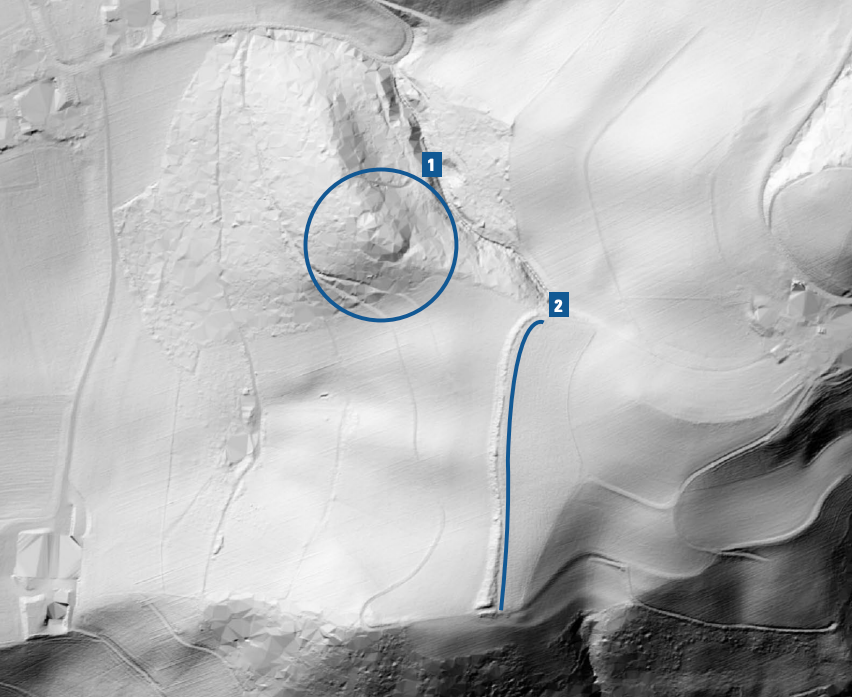


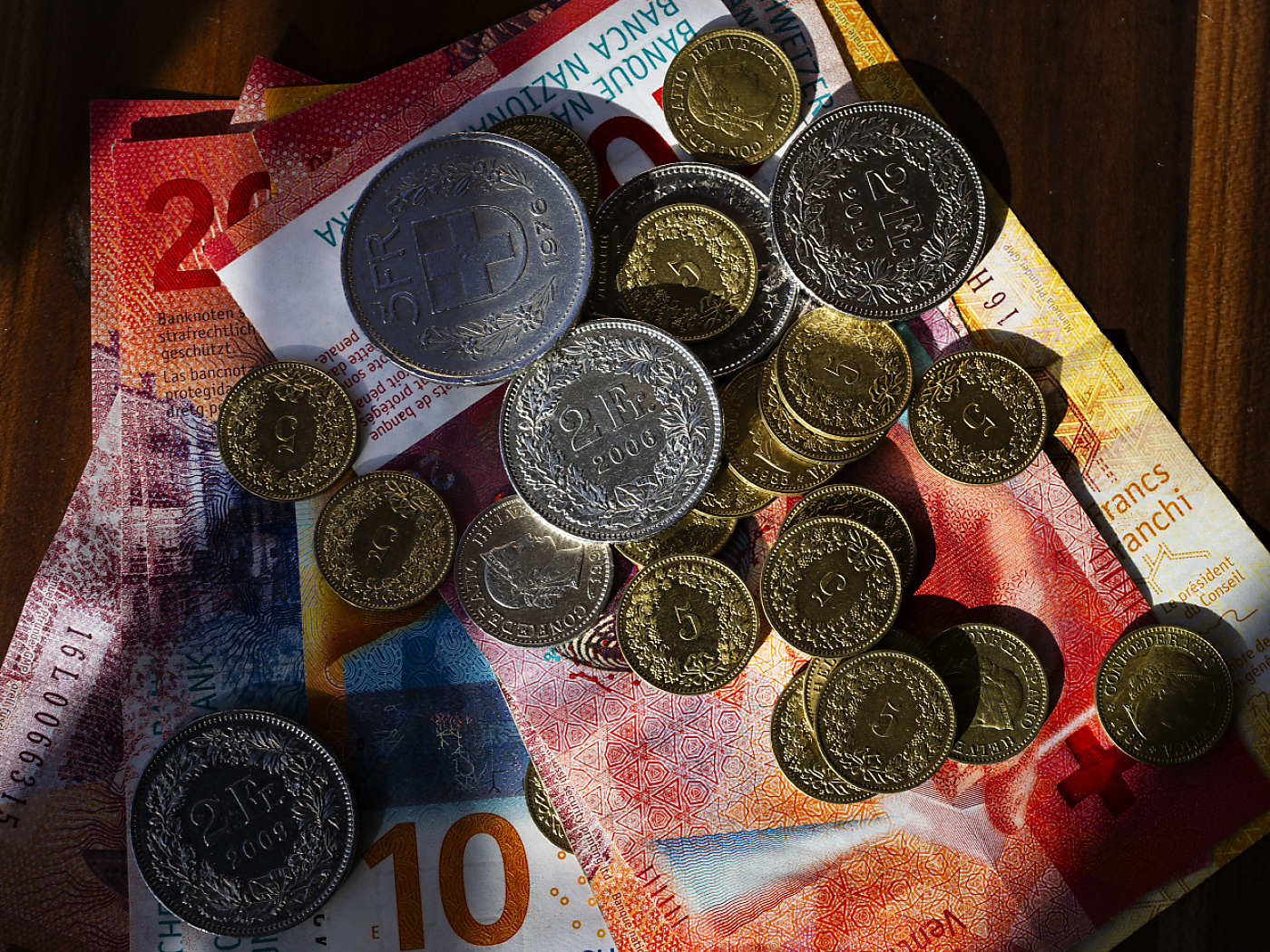
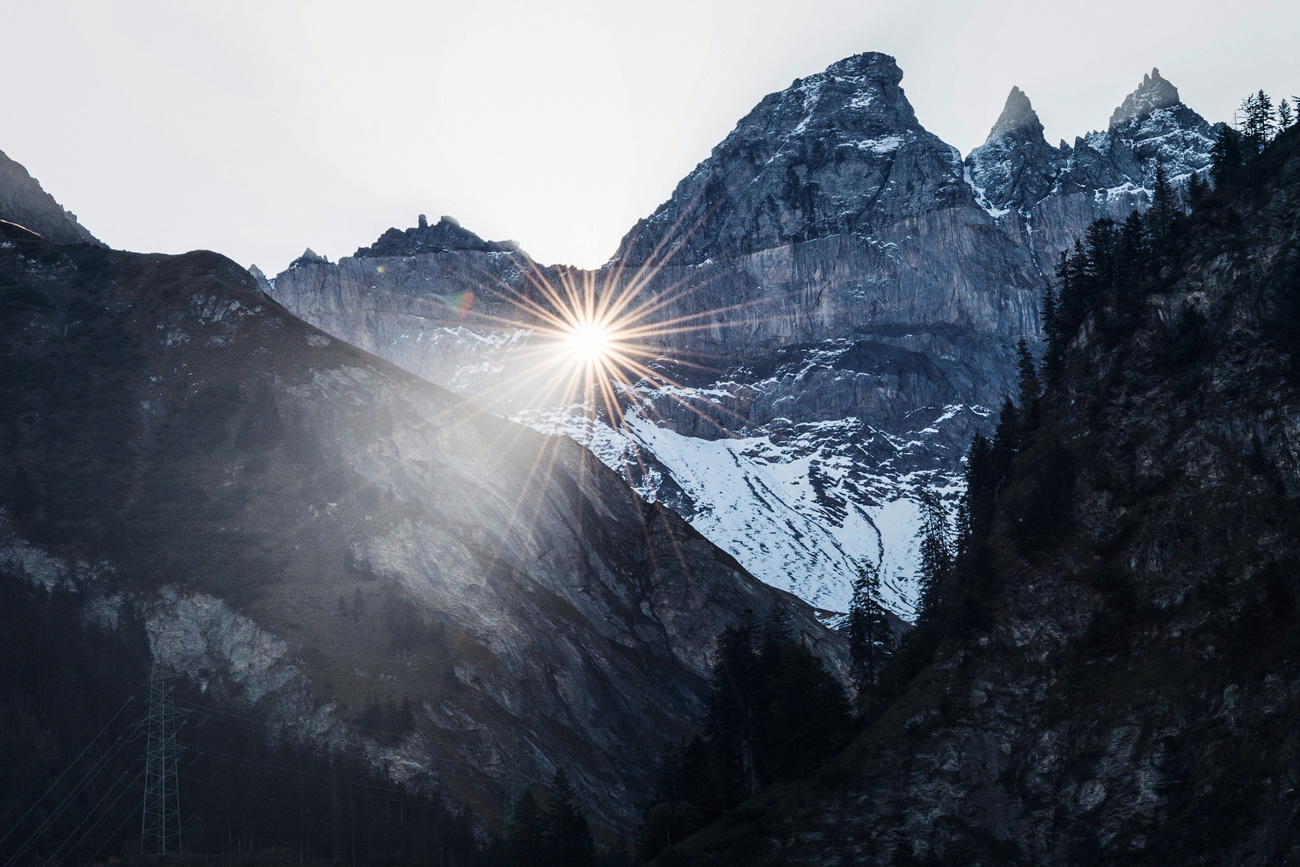



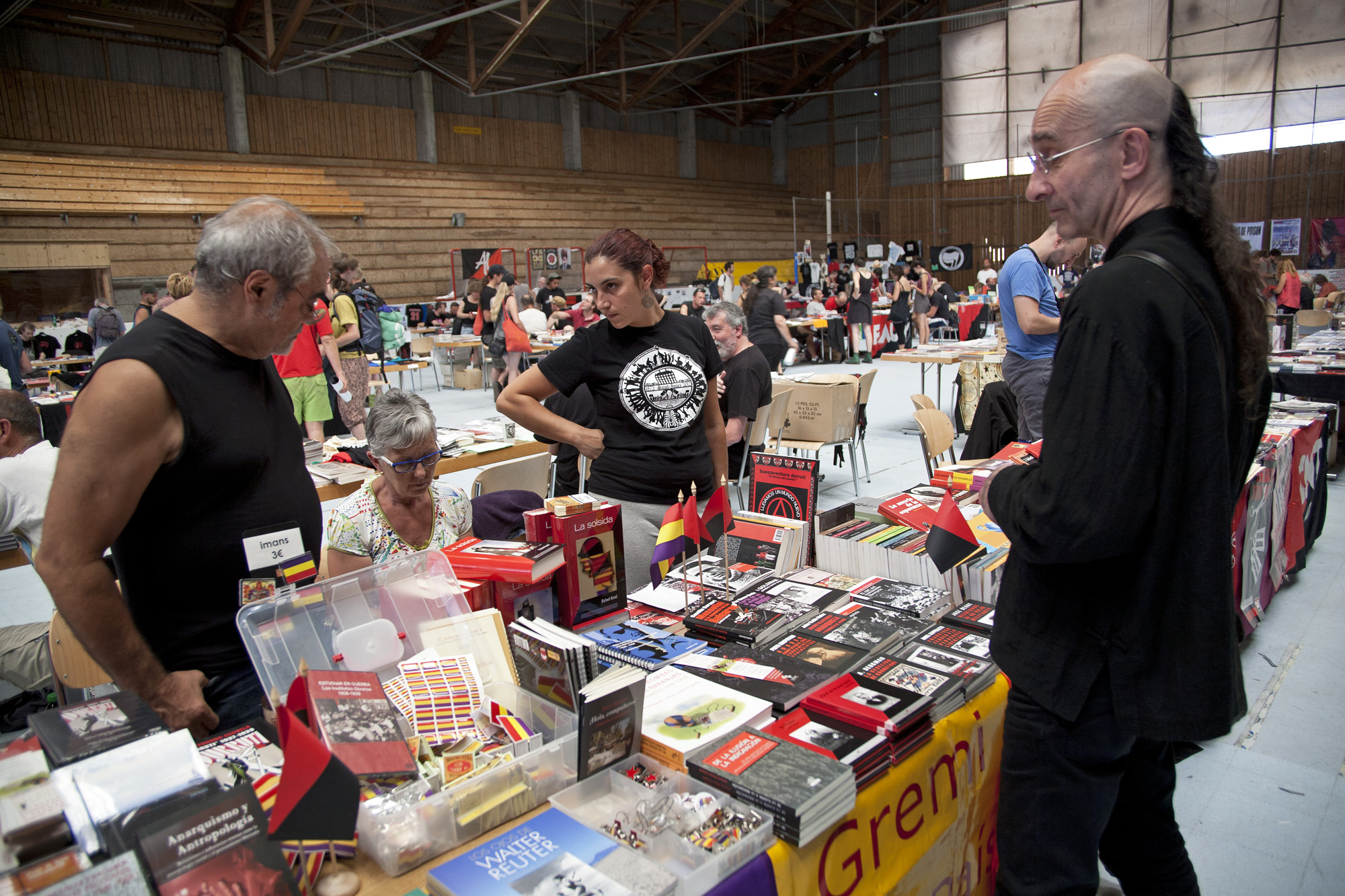

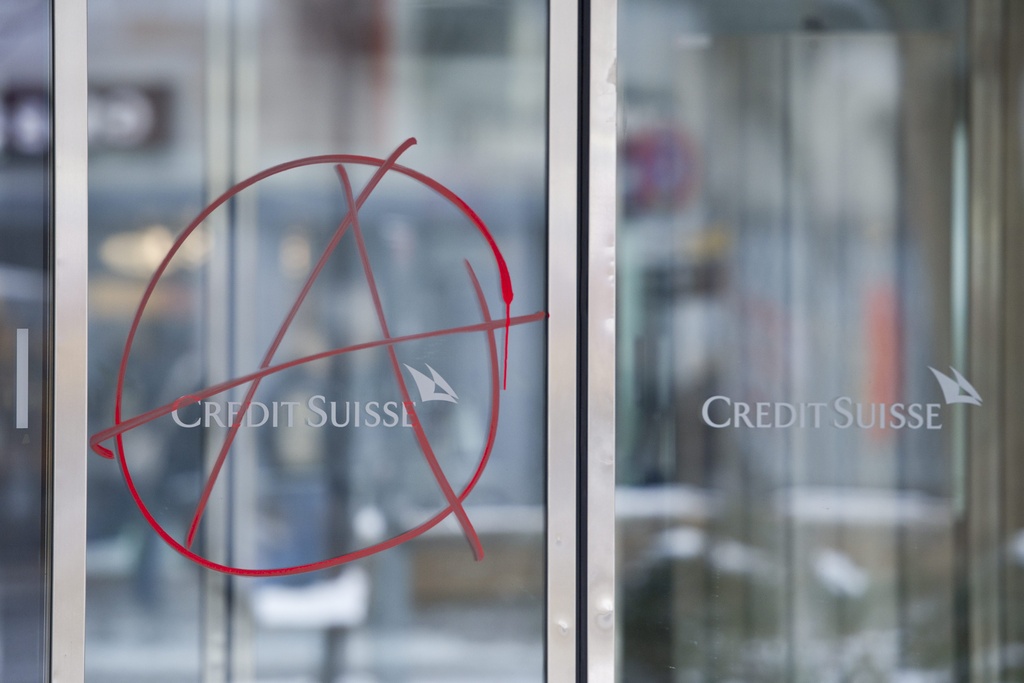
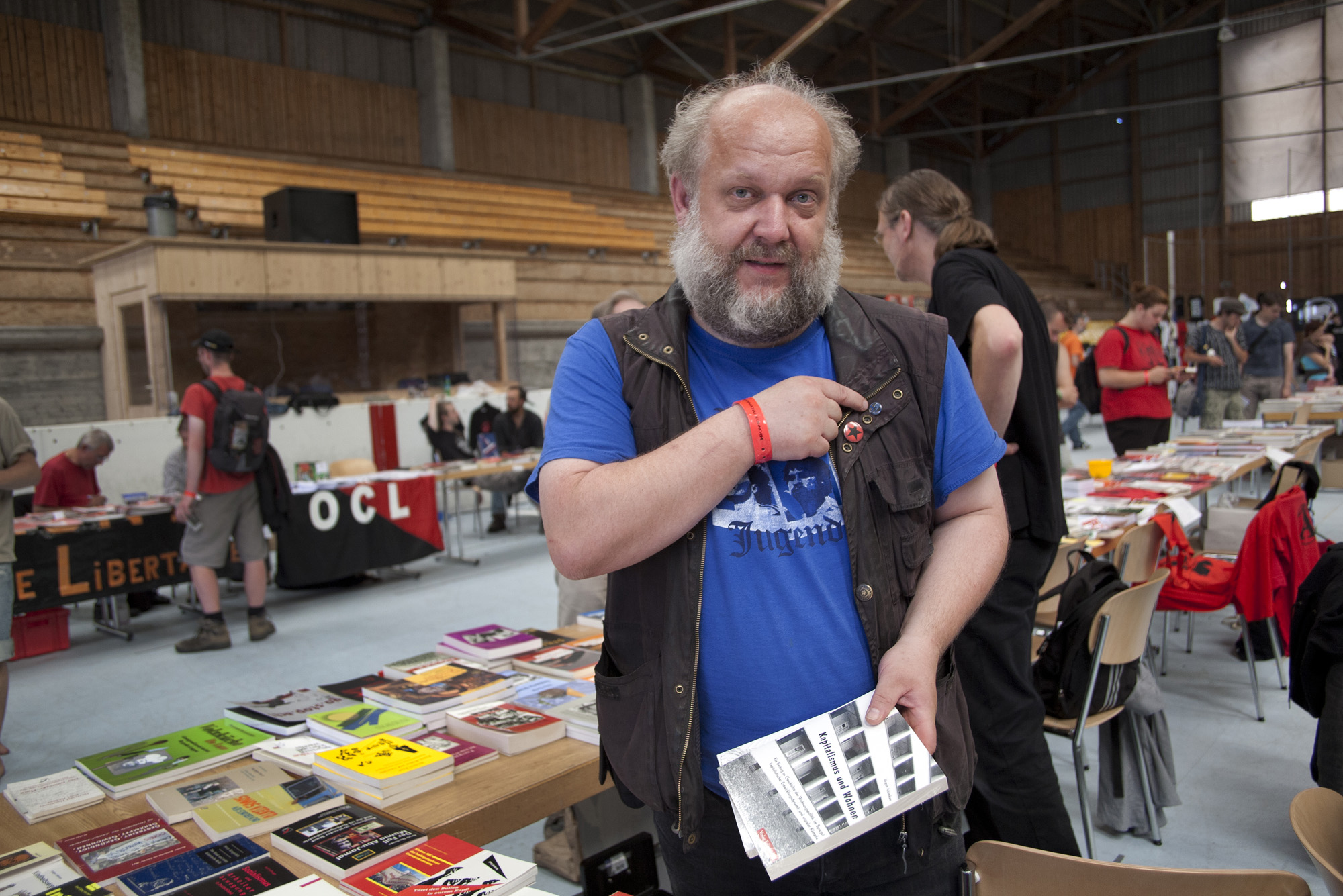
You can find an overview of ongoing debates with our journalists here . Please join us!
If you want to start a conversation about a topic raised in this article or want to report factual errors, email us at english@swissinfo.ch.